Founded in
1958
150+
Associates
50
States Represented
100+
Countries Represented
Creating a World of Protection Around You
Welcome to NSI
NSI Insurance Group provides insurance and risk management advice to families and business owners across all 50 states and in more than 100 countries. Our agency has the expertise to service the largest clients all while maintaining our flexibility as an entrepreneurial independent firm.
Watch our video to learn more about our culture and dynamic team.
The Latest From NSI Insurance Group
Subscribe to our Newsletter
"*" indicates required fields



